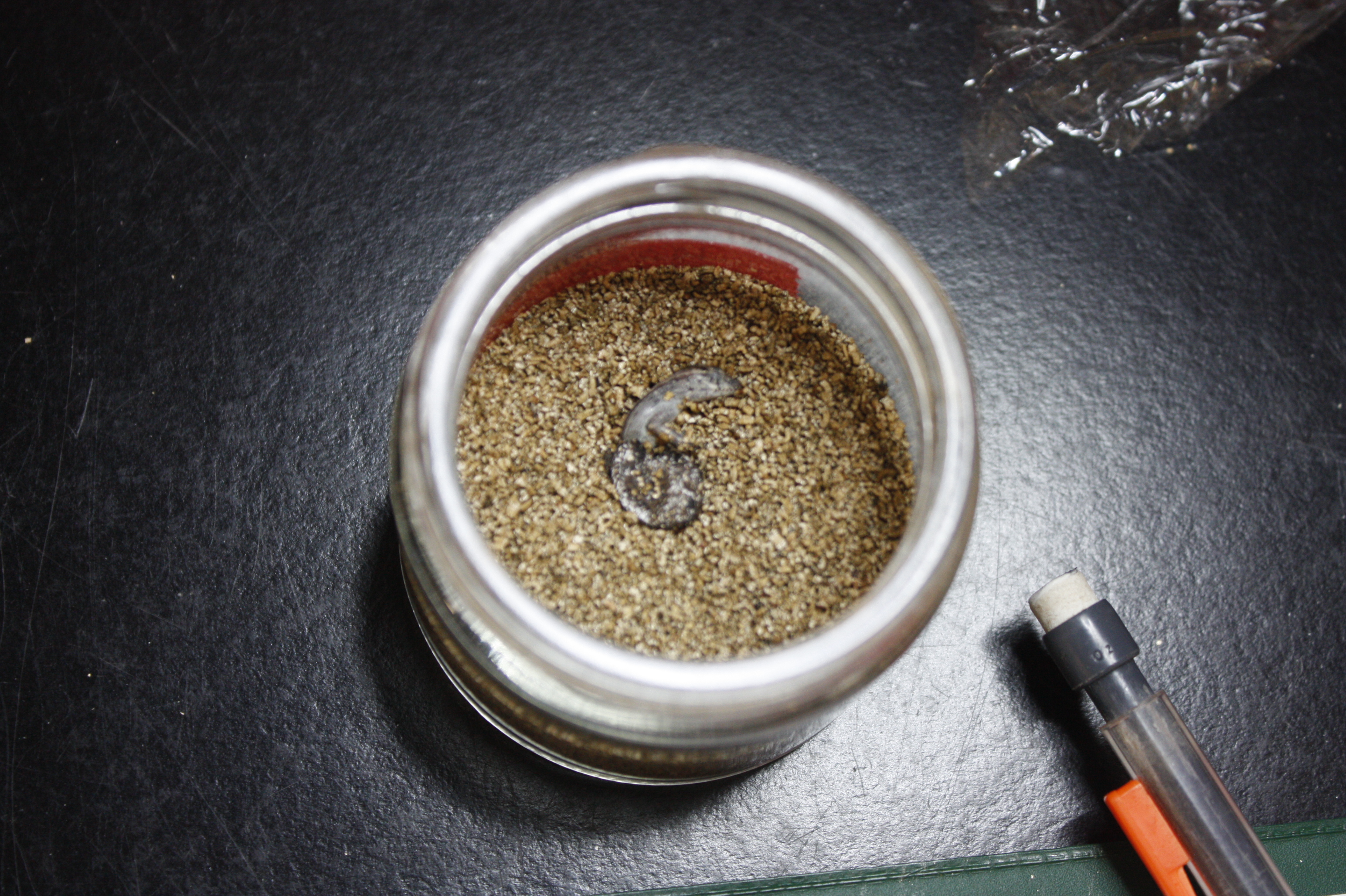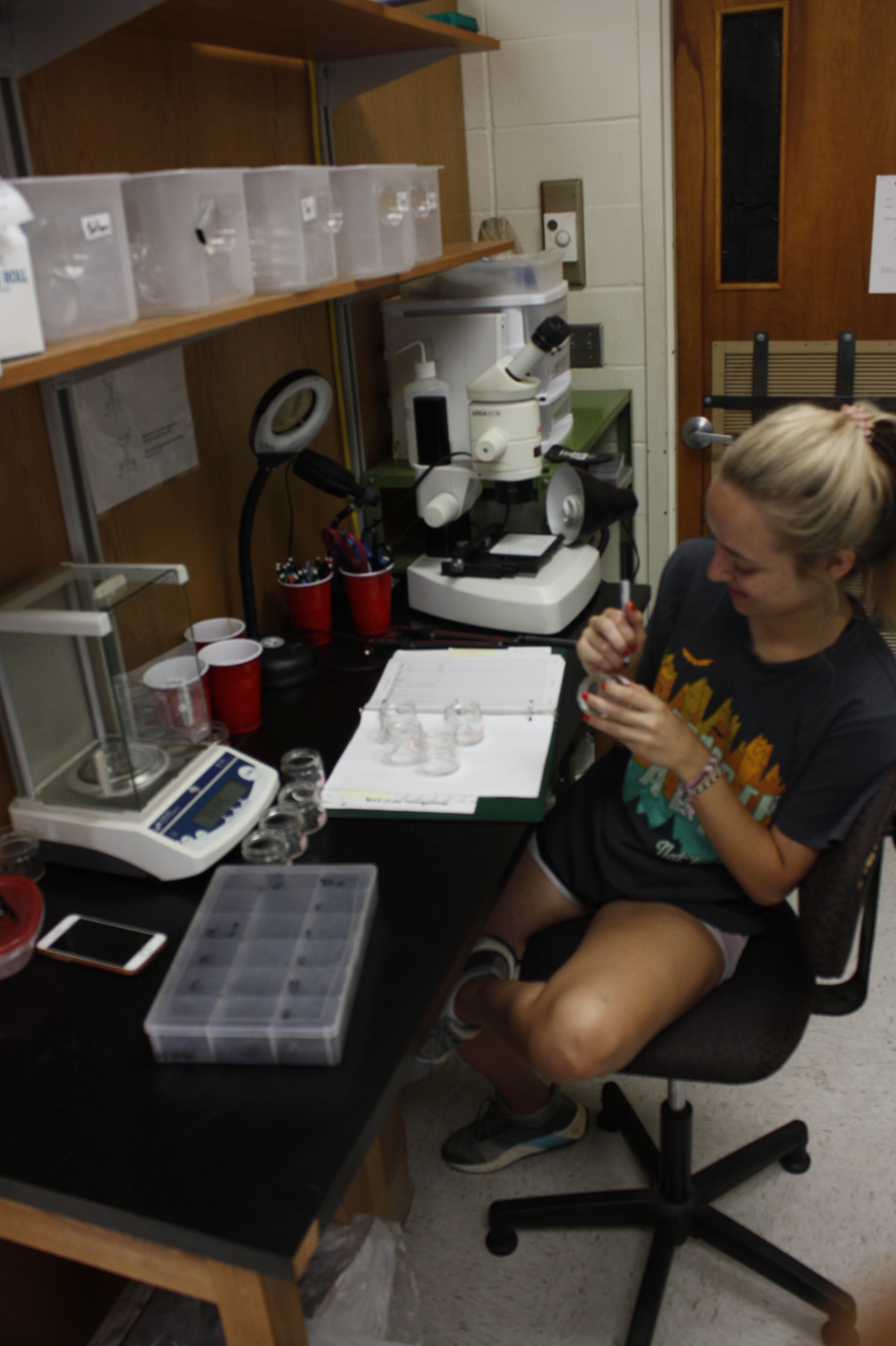summer 2018 updates
It’s the middle of the summer in Auburn, AL…
[caption id=“attachment_666” align=“alignnone” width=“3088”]

This summer I’m running a lab experiment to test whether nest sites that urban-dwelling female crested anoles in Miami, FL use will yield higher survival than random sites.
How do we do this? Last year I collected hourly temperature data by placing iButtons in random plots across suburban and nearby forest where crested anoles are abundant. These random plots either had eggs (nest plots) or did not (non-nest plots). When we examined these temperature more closely, we found that urban nest temperatures were warmer than those in the forests, which is not that surprising. However, within urban areas, temperatures in non-nest plot were markedly greater than nest plots and the extreme temperatures can reach 43°C and 39°C, respectively.
To test how these temperature affect developing embryos, we programmed our fancy incubators to mimic this 42-day natural cycle based on the temperature we observed in the field. We then allocate eggs to these treatments and wait to see if egg survival and hatchling phenotypes differ.
So that brings me to now…I’m waiting to see how many eggs will successfully hatch. If nest incubation treatments yield higher survival, mother lizards could really be a major reason why they are so successful, even in the Miami heat.
[caption id=“attachment_665” align=“alignnone” width=“3088”]

[caption id=“attachment_667” align=“aligncenter” width=“426”]
